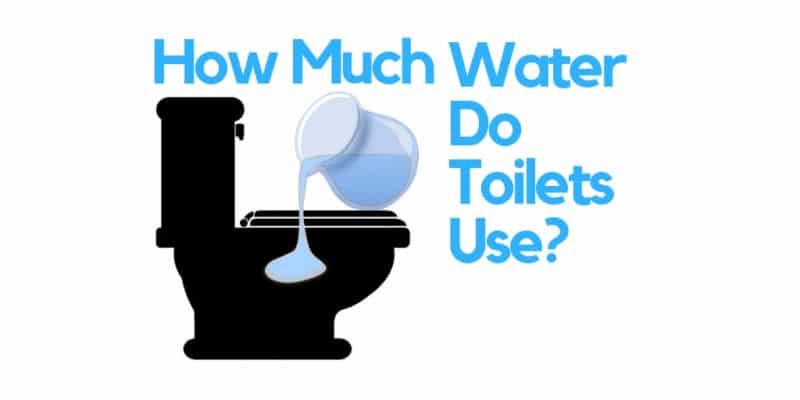Toilets use 35 of indoor water use

Toilets: The Silent Water Guzzlers

Did you know that toilets account for a staggering 35% of indoor water use? These essential fixtures, designed for our convenience and hygiene, are often overlooked when it comes to their impact on our water consumption. In this article, we will delve into the fascinating world of toilets and discover how they contribute to our overall water usage.
When examining our indoor water use, it becomes evident that toilets play a significant role. On average, a person flushes the toilet between five to seven times a day. Considering that each flush uses around 1.6 to 7 gallons (6 to 26 liters) of water, it’s easy to see why such a considerable amount of water is dedicated solely to flushing our waste away.
Given their prevalence in homes and public spaces, even a small reduction in toilet water consumption can make a substantial impact. This realization led to the development and implementation of water-saving toilet technologies. In the early 1990s, the United States mandated that all newly manufactured toilets should use no more than 1.6 gallons (6 liters) of water per flush. This change was a significant step forward in reducing water waste, as older toilets could use up to 7 gallons (26 liters) per flush.

Water-saving toilets are equipped with different mechanisms to minimize water usage while still efficiently disposing of waste. One such mechanism is a dual-flush system, which offers users the option to select either a lower volume flush for liquid waste or a higher volume flush for solid waste. This innovative solution has gained popularity around the world, as it allows for further reduction in water consumption without compromising performance.
Aside from technological advancements, conscientious water use plays a vital role in reducing the water footprint of toilets. Simple practices such as fixing leaks promptly, avoiding using toilets as trash cans, and considering alternative waste disposal methods for certain materials can greatly minimize water wastage. Education on water conservation and responsible toilet use can go a long way in ensuring the efficient utilization of this precious resource.
In conclusion, toilets comprise a significant portion of our indoor water consumption, accounting for around 35% of the total amount used. The introduction of water-saving toilet technologies and conscious water usage practices have helped to mitigate their water consumption. By understanding the impact of toilets and adopting eco-friendly practices, we can all contribute to preserving our planet’s water resources for future generations.
Sources:
Tags
Share
Related Posts
Quick Links
Legal Stuff

